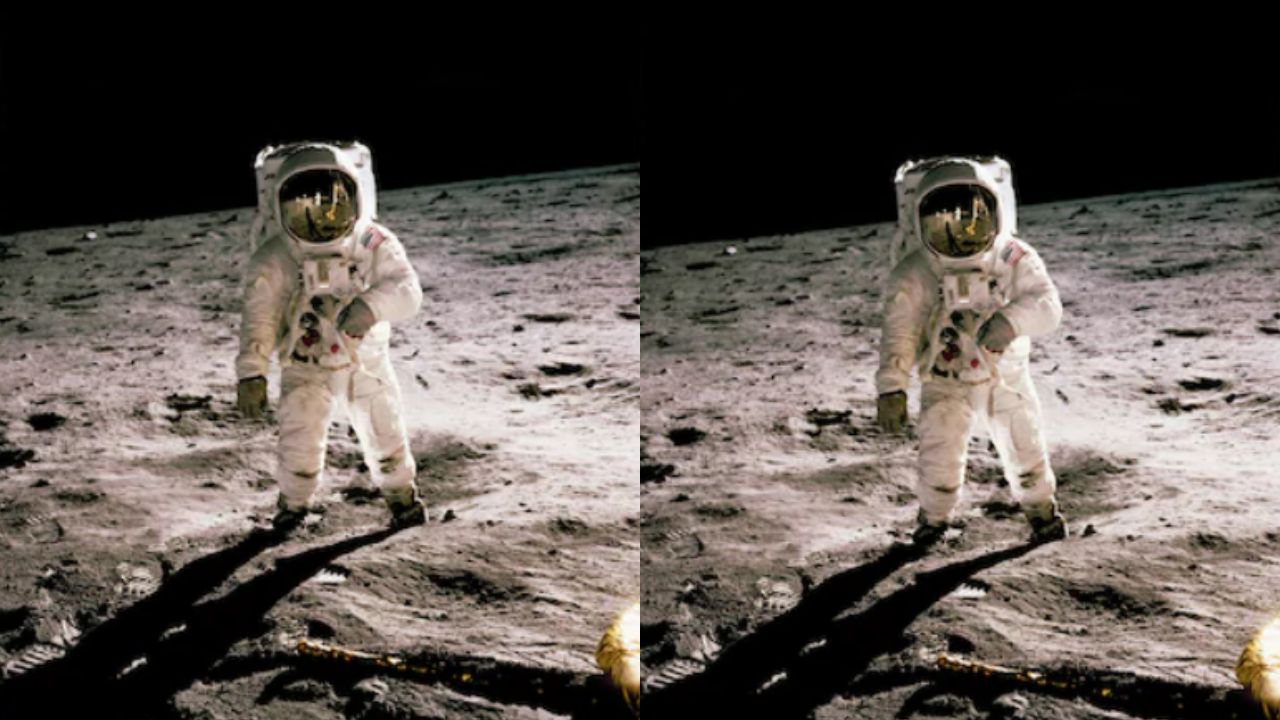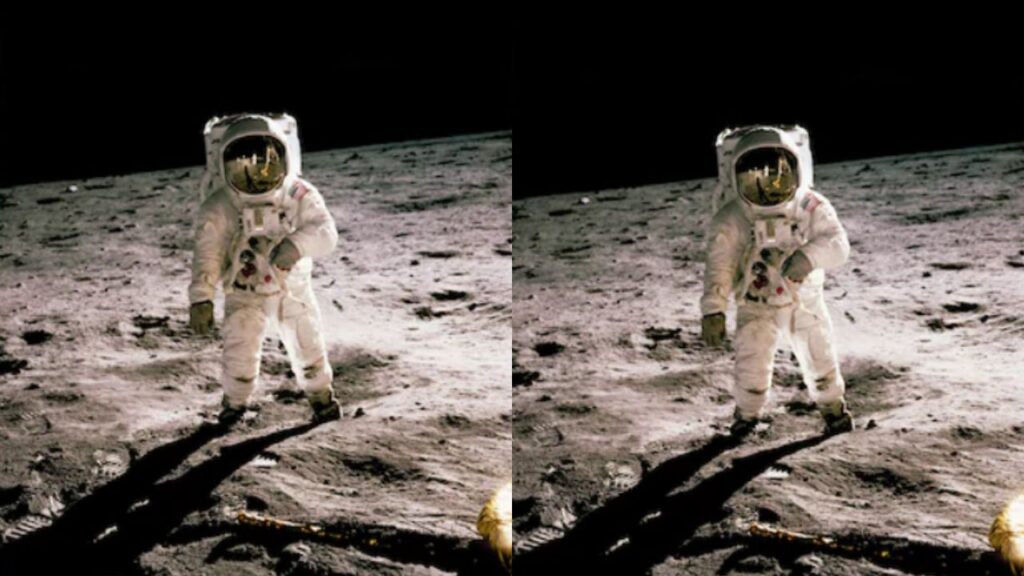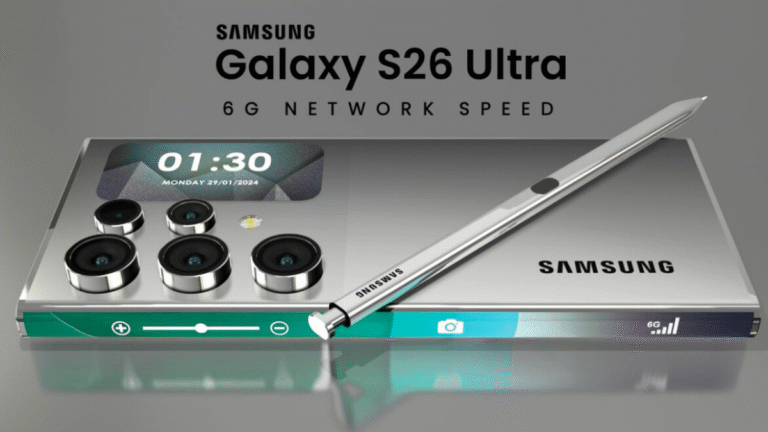
In a bold leap toward establishing a long-term human presence on the Moon, NASA has officially announced plans to deploy a nuclear fission reactor on the lunar surface by the year 2030. The initiative, part of the agency’s broader Artemis program, is more than just a scientific experiment—it’s a foundational step in turning the Moon into a sustainable outpost for future space exploration.
But why nuclear energy? Why now? And why does it matter so much?
Let’s explore.
What Is NASA Planning?
NASA, in collaboration with the U.S. Department of Energy (DOE) and private industry partners, aims to design, build, and launch a small, lightweight nuclear fission reactor capable of delivering a consistent 40 kilowatts of electrical power—enough to support multiple astronauts, life support systems, lunar habitats, and scientific equipment for at least 10 years.
This power source would be deployed near the lunar South Pole, where the Artemis missions are targeting for their long-term exploration hub.
Why Nuclear Power—And Not Solar?
Solar energy has powered spacecraft and rovers for decades, but the Moon presents unique challenges that solar alone cannot solve:
- 14-Day Lunar Nights: A lunar night lasts about 14 Earth days. During this time, solar panels are useless, and temperatures can drop to -173°C.
- Extreme Temperature Swings: Consistent power is needed to maintain temperature control and prevent freezing of equipment and habitats.
- Energy Demand for Life Support: Future Moon bases will require constant energy to support human life—oxygen generation, water purification, heating, communications, and scientific operations.
Nuclear fission offers a compact, reliable, and long-duration power source, unaffected by weather or light conditions. It’s the only feasible solution to sustain permanent operations in the harsh lunar environment.
The Technology: What Will the Lunar Reactor Look Like?
This won’t be a massive power plant like those on Earth. NASA is developing “Kilopower” fission systems, which are:
- Modular and scalable
- Compact and lightweight (under 6,000 kg)
- Safe, with passive cooling and autonomous operation
- Designed to operate for at least a decade without refueling
These reactors use uranium fuel and are designed with multiple safety features, including the ability to shut down automatically in emergencies.
Why This Matters: Unlocking the Future of Space Colonization

1. Establishing a Lunar Base
The Moon is more than a scientific destination—it’s a stepping stone to Mars. A nuclear reactor enables the creation of a permanent base, much like Antarctic research stations, serving as a launchpad for deeper missions.
2. Enabling Deep Space Missions
NASA and its international partners view the Moon as a testbed for technologies needed for Mars and beyond. Mastering nuclear power on the Moon sets the stage for similar systems on other planets, where solar energy is even less viable.
3. Scientific Advancements
Constant power enables round-the-clock research, from seismic monitoring and ice extraction to telescope operations far from Earth’s radio noise.
4. Commercial Space Expansion
The presence of reliable energy infrastructure could support commercial operations, including mining of lunar resources like helium-3, rare earth elements, and water ice.
Challenges Ahead
Despite the promise, the mission is not without hurdles:
- Public perception of nuclear technology in space remains a sensitive topic.
- Launch safety must be ironclad to avoid any risk of radiation leaks in the event of failure.
- International cooperation and regulation will be necessary to govern the use of nuclear tech in space fairly and peacefully.
However, NASA has emphasized that safety is paramount, and the agency is working with DOE labs, including Idaho National Laboratory, to develop and test robust prototypes.
The Moon is Getting a Reactor—And It’s Just the Beginning
NASA’s plan to put a nuclear reactor on the Moon by 2030 is not just a headline-grabbing move—it’s a pivotal investment in the future of human space exploration. Reliable lunar power unlocks the possibility of living, working, and building beyond Earth for the first time in history.
It’s not just about reaching the Moon. It’s about staying there—and eventually, going much farther.
As NASA puts it, “To explore the Moon—and beyond—we’ll need more than rockets. We’ll need power. And nuclear power is ready to light the way.”






